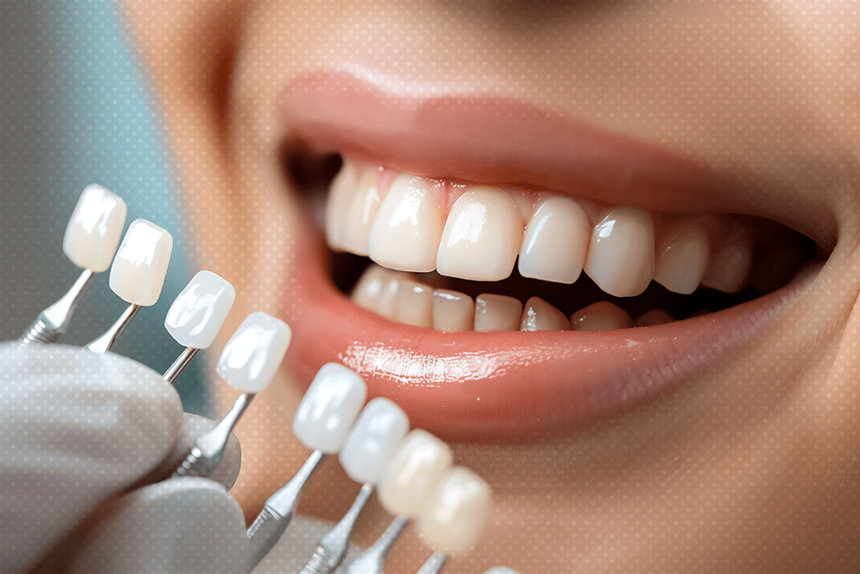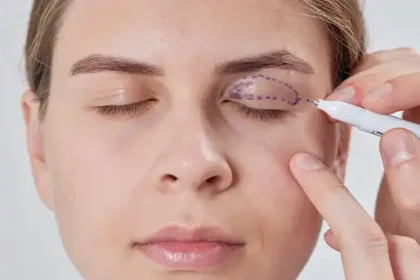Dental veneers are thin, custom-made shells designed to cover the front surface of teeth to improve their appearance. These shells are bonded to the teeth, changing their color, shape, size, or length. Whether you need one tooth or several worked on, veneers offer many options for treatment. Here’s more on veneer options and how they may benefit your smile:
Who Can Benefit From Veneers?
Veneers are an option for individuals looking to address various cosmetic dental concerns. They are designed to cover the visible part of the tooth and can be a solution for those with healthy teeth and gums who wish to improve the aesthetic of their smile. People who have specific cosmetic goals that cannot be met by whitening or orthodontics alone may find veneers to be a suitable choice.
Individuals who may find veneers beneficial are often looking to correct:
- Discolored Teeth
- Worn Down Teeth
- Chipped or Broke Teeth
- Misaligned or Uneven Teeth
- Gapped Teeth
What Are Some Options?
Veneers are typically made from porcelain or composite resin materials, but there are other options available. The choice between them depends on individual needs, budget, and the specific dental issues being addressed. Each material offers a different combination of durability, aesthetics, and application process. A dental professional can help you understand which option aligns with your goals.
No-Prep Veneers
No-prep veneers are a minimally invasive option for enhancing your smile, and unlike traditional options, this type requires little to no removal of the natural tooth structure. No-prep options are carefully bonded to the surface of your teeth, providing a natural and aesthetically pleasing appearance without the need for extensive reshaping. While they may not be suitable for every patient or all smile imperfections, they can be a solution for those seeking a quick and conservative improvement.
Porcelain Veneers
Porcelain veneers are thin shells of ceramic that are custom-fabricated in a dental laboratory. They are known for their strength and durability. A key feature of porcelain is its light-reflecting properties, which closely mimic the appearance of natural tooth enamel. They also offer resistance to staining from coffee, tea, or red wine.
Composite Resin Veneers
Composite resin veneers use dental bonding, a tooth-colored filling material, that is directly put onto teeth in layers. The dentist sculpts and shapes the material on the tooth to achieve the desired shape. This procedure is often done in a single visit and tend to be used for minor cosmetic adjustments.
What Is The Process Like?
The traditional procedure for placing porcelain veneers typically involves several appointments. The first step is a consultation to discuss your goals with a professional. Your dentist will examine your teeth to verify that you have good oral health.
During the next appointment, the dentist prepares your teeth by removing a small amount of enamel from the tooth surface, approximately equal to the thickness of the veneer. This step creates space for the veneer to fit seamlessly. An impression of your teeth is sent to a dental laboratory, where they create your custom veneer set.
Once the veneers are ready, you will return for the final placement. Your dentist will check the fit and color of your veneers before permanently bonding them to your natural teeth. Once your teeth are clean, they are ready for the bonding agent. The veneers are set onto your teeth with dental cement, which is quickly hardened using a specialized light beam.
Schedule an Appointment Today
If you are contemplating veneer options, the first step is to consult a dental professional. A thorough examination and discussion of your cosmetic goals can help determine if veneers are the right option for you. Schedule an appointment to learn more about this dental procedure and explore your choices for improving your smile.








